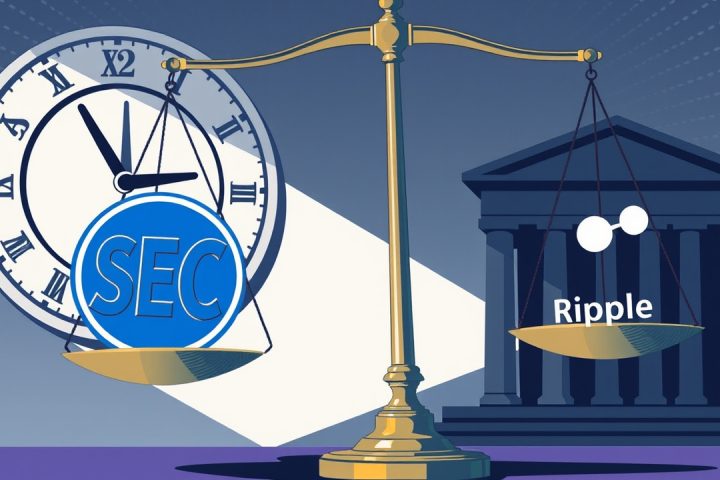Introduction
In recent discussions among European authorities, there has been a significant shift regarding the development of a digital euro. Rather than relying on a traditional, centralized system, officials are now exploring the potential of deploying the currency on public blockchain networks such as Ethereum or Solana. This reevaluation comes against the backdrop of the U.S. implementing its inaugural stablecoin legislation in July, which has implications for the competitive landscape of global finance.
Advantages of Public Blockchain
Ram Kumar, a key contributor at the blockchain infrastructure company OpenLedger, emphasized the advantages of utilizing a public blockchain for the euro. He asserted that such a move would not only broaden the digital euro’s accessibility across the cryptocurrency ecosystem but also allow it to seamlessly integrate with decentralized finance (DeFi) platforms, global wallet services, and international payment systems—tasks that would otherwise require extensive infrastructure investments.
Kumar highlighted Ethereum for its robust programmability and thriving developer community, while noting that Solana excels in processing transactions at low costs with high efficiency, making it suitable for consumer applications. These capabilities would enhance the euro’s visibility and relevance in the global market, surpassing limitations associated with a private ledger system.
Urgency and Challenges
The urgency of this exploration is amplified by the new U.S. stablecoin legislation, known as the GENIUS Act. Kumar warned that if the U.S. dollar gains an early advantage in digital transactions, it could overshadow the euro’s position in global finance, prompting European policymakers to accelerate their initiatives.
However, the adoption of a public blockchain model is fraught with challenges. Privacy issues are paramount, as the open nature of public blockchains may conflict with the EU’s General Data Protection Regulation (GDPR), which safeguards data rights, including erasure. Furthermore, the European Central Bank (ECB) strives to maintain the privacy associated with cash transactions in the context of digital payments.
Technological hurdles and governance concerns also lurk in this discussion, including Ethereum’s current limitations in scalability and Solana’s track record for reliability. Additionally, there are apprehensions about the possibility of upgrades and validation processes existing outside the direct control of state authorities. Policymakers have expressed the need for careful design to prevent a digital euro from siphoning deposits away from traditional banks, a scenario that could destabilize the banking sector.
Potential Threats and Future Outlook
In a statement, ECB executive board member Piero Cipollone previously indicated that U.S. stablecoins pose a potential threat by transferring deposits from European banks and thereby enhancing the global influence of the dollar.
In light of measures undertaken during the Trump administration to promote U.S. dollar-backed stablecoins, concerns have intensified regarding the impact on Europe’s financial stability and strategic autonomy.
An ECB spokesperson confirmed to Decrypt that the institution’s stance remains consistent, indicating that once the necessary legislative framework is established, a digital euro could be technically achievable within the next 2.5 to 3 years, as reiterated by Cipollone in July.




